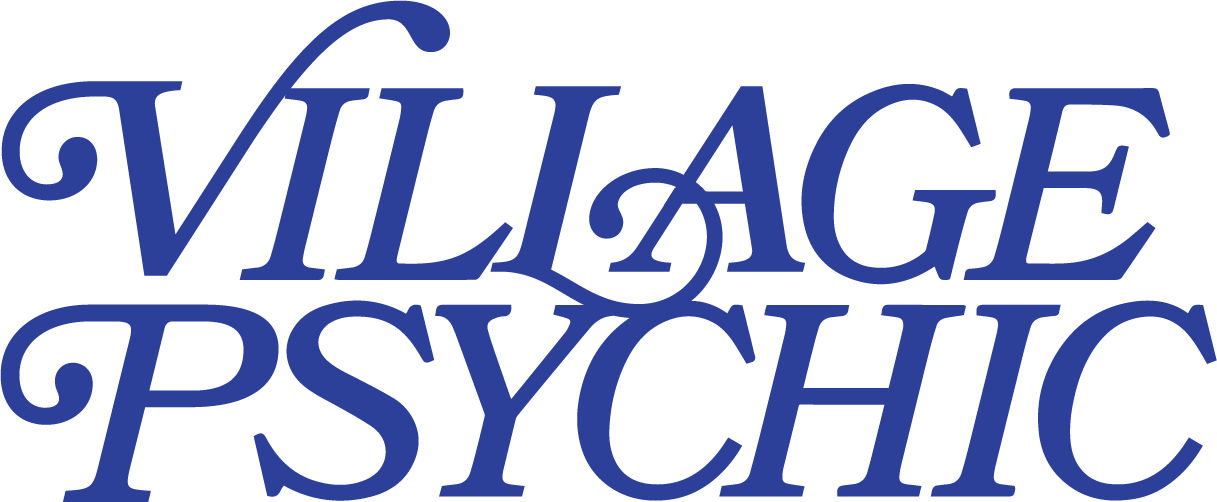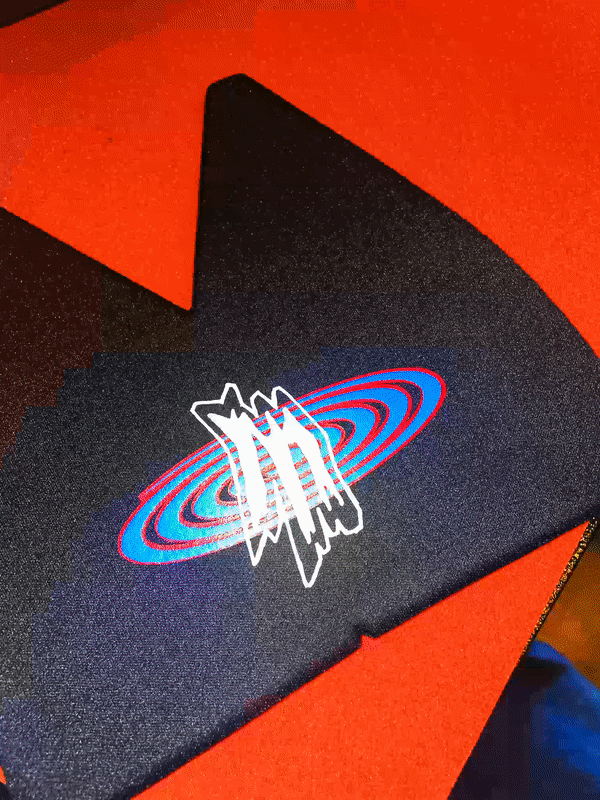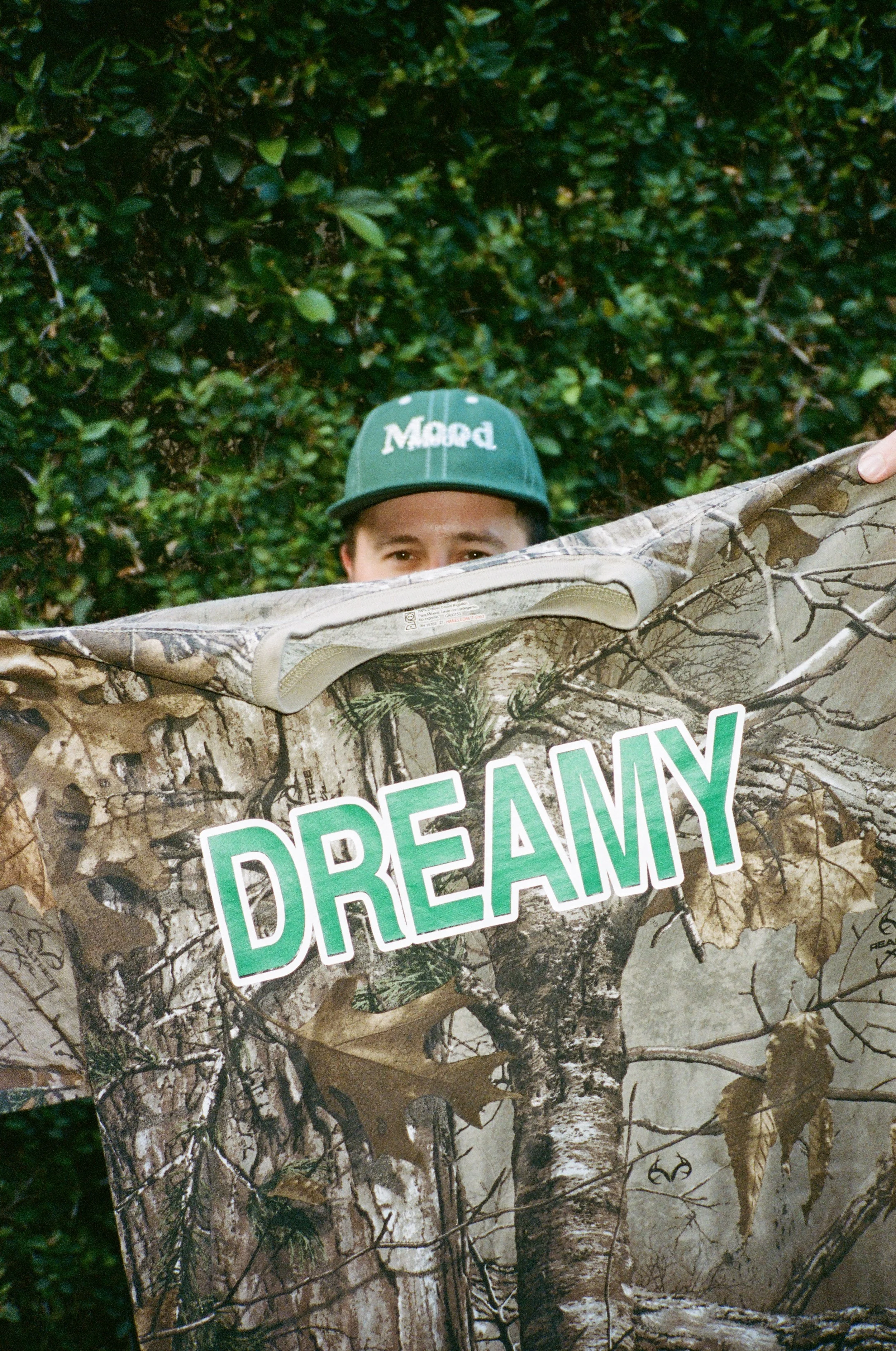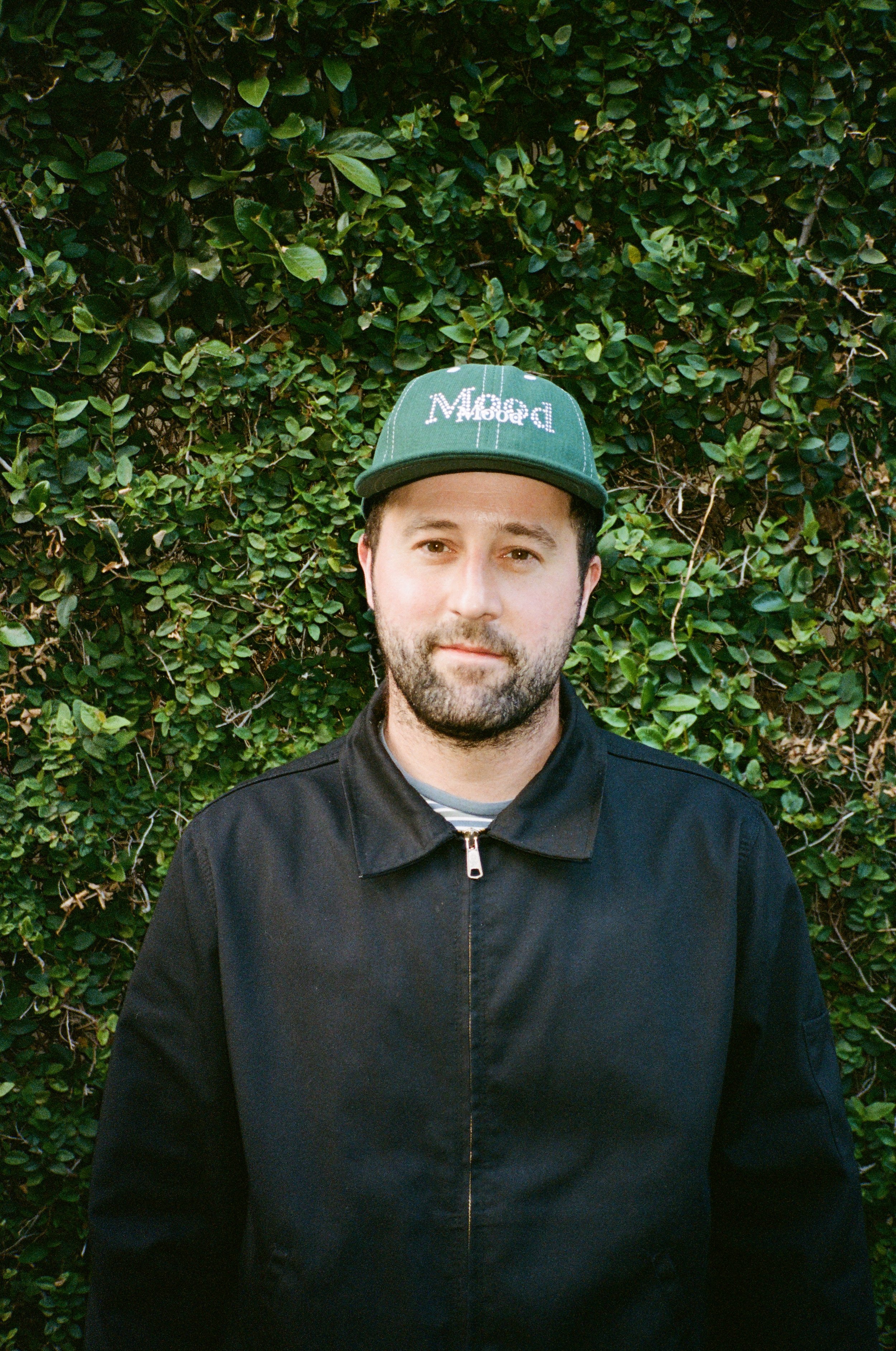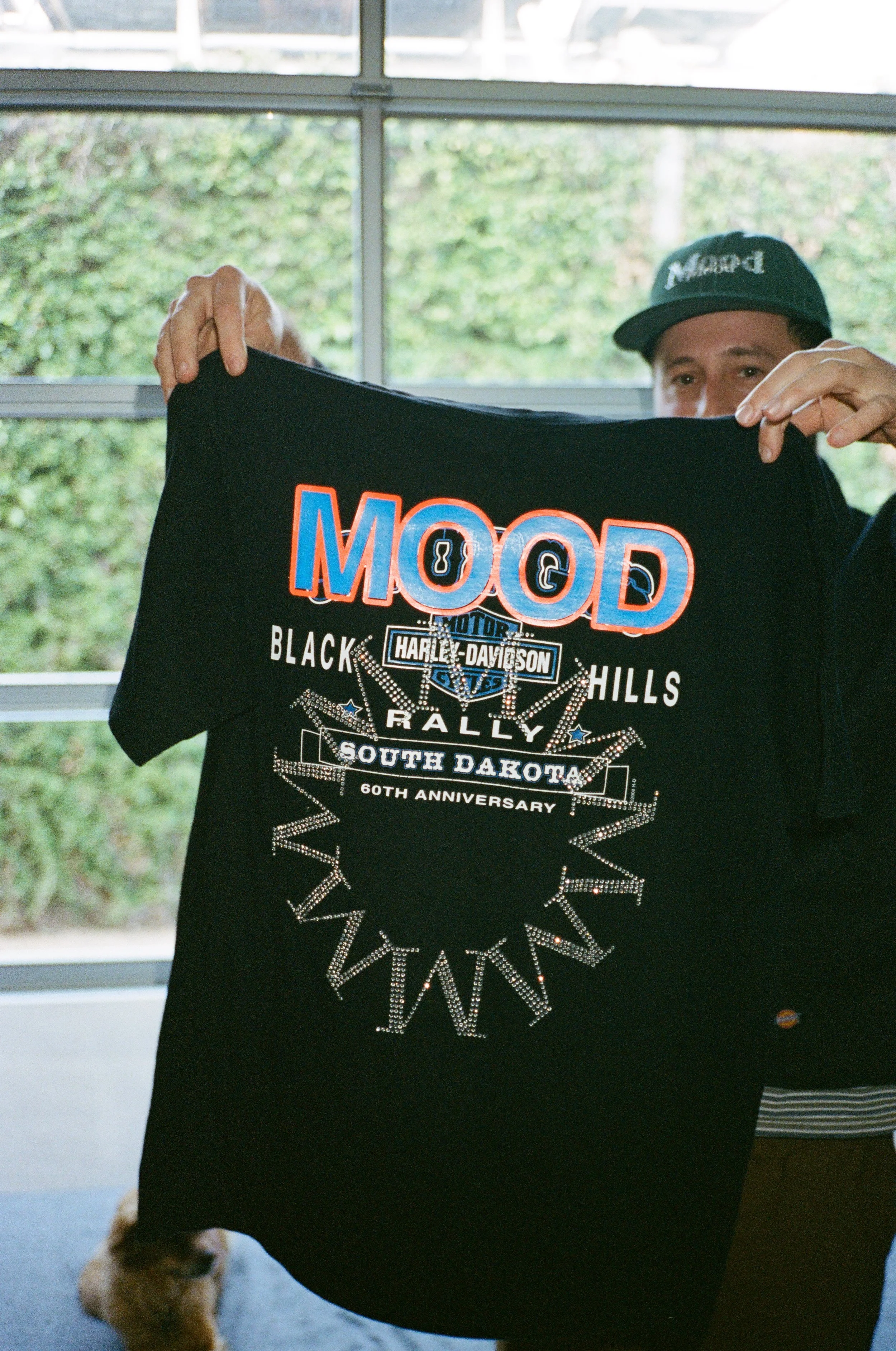Mood Is Back
Calvin Waterman and friend. All photos by Zach Sheats.
This world we exist in can be a fickle one – gifted skaters move on to other pursuits, styles you think are here to stay disappear overnight, and you can’t even take for granted that your favorite companies will last more than a couple years. This dynamic, although frustrating at times, has a silver lining: sometimes, every once in a while, your favorite stuff comes back. And when it’s done right, it’s great.
We’re very pleased to present a chat with our friend Calvin Waterman, someone we first connected with back in 2015(!), when we were very new to this whole thing and Calvin’s company Mood, one of our undisputed favorites at the time, was starting to take off. We sadly haven’t heard much about Mood in the past few years. That is, until we opened Instagram earlier this year.
Let’s talk about Mood. We were stoked to see Instagram posts, there's some hats coming out. It was a very pleasant surprise. So what’s going on?
I never really planned to take the hiatus for that long — we kind of stalled out. We stopped really putting a lot of stuff out there. 2019 was like the last time we did anything, and that was a whole special collection of stuff. Really, the last big collection that we did was in 2017, where there was full distribution and all the shit that goes along with it: video, skate content. I think what happened was, I was running two businesses at the time: an independent design studio along with a skateboard brand, and I just was feeling the pressure of being pulled in two directions.
I think I just got to the point where I was in my early 30s, just really realizing, “Oh, shit, I need to get serious with the design studio stuff.” We had some projects around that time that required so much focus I had to kind of shelve some stuff, which was a bummer. But, you know, we had six to seven years of cranking shit out.
The reason I decided to bring it back is just that the climate of skateboarding and making stuff today is really different than it was, especially when we started 10 years ago. And I wanted to be part of that conversation again — it's really inspiring, just seeing what is out there. We started Mood in 2012 to try and push the conversation in some way.
In 2012, 2013, what you guys were doing with Mood was a lot more like what we saw coming from the worlds of fine art, graphic design, and brand work in general that we gravitated towards, and that was still sort of niche at the time. You were really the only skate company with a curated aesthetic that felt current and interesting — everyone else felt behind. Since then, a lot of people have caught up — you’re talking about this big leap. What have you seen that’s changed?
It’s funny, right before this I was kind of time traveling. I was just looking at articles and stuff, and there was another skate media company that published “the rise of the independent board brand.” The brands were, like, Magenta, Palace, Polar — in 2013, these were super small brands. Some have come and gone. But others are now huge and kind of like the Girl of the day, you know? Everyone always talks about a cyclical process, everything kind of comes in cycles. I think a lot of the people that were feeling the same thing that I was feeling have pushed the whole industry forward and brought in their outside interests.
I think it's really enriched skateboarding from an aesthetic place. As skateboarding is now trying to become more open and accept different people and different voices, that was super rare back when we started Mood, it felt like a closed-off climate. It felt like everything was really corporate. Even if you were an independent brand, you were trying to have a corporate feel, small brands would just be running logo boards. There's nothing wrong with that, but it's also kind of one of these things where you know there's so much more that can be brought into the equation. We skateboarders always talk about how we're so fucking creative, we’re the most interesting people. And I truly felt like we didn't really show it that much.
In that era, it seemed like more of a risk to do an independent brand. Everybody was still vouching for this level of credibility that came with riding for a big, established company, but doing your own thing is now sort of the language of the day. A lot of interviews focus on a skater where they’re like, sure, he rides for (blank), but he does his own thing too: he’s into classic cars or 3D printing or collecting shells on the beach or something. Whoever they are, they’re into a thing — that’s sort of the currency we trade in now. But when you guys were starting, what really felt like a risk?
We were really naive in starting the brand. Years ago we were in this premiere and we knew the video was sick, the skating was sick, and then everything around it — the vibe and the ephemera and everything — I was like “Dude, what?” No shade, but I'm just like, What is this? Not for me.
I come from a design/art background, and my partner who I started with at the time, Grandison Taber, he started Solstice [skate shop] in like ‘97, and he’d run Fountain of Youth with Donny Barley in Providence. He’d seen the cycles, and he similarly just couldn’t understand what was going on.
So we were just in these constant talks: what would we do? What would it be? We were knew there was so much cool shit getting made — why coldn’t that exist in skate too? Why can’t we pull some of the interests we had in and see what happens? It wasn’t like, “here’s a brilliant business idea.” It was like, “Yo, this person’s art would be sick on a skateboard and it would be sick to see someone riding it.”
There’s still a bit of an unspoken process of collaborating with designers and artists. You guys seem to be very deliberate about putting somebody's name on it, and explaining what their work is all about — bridging the gap between the high design or artist’s practice and skateboarding. And that is still not really something that people are doing in a big way, and if they are, it’s with more skate-leaning artists.
That was something we really valued. We put out skate videos, but the meat of the brand was the collaborative process — our intention was always to work collaboratively with people. The premise of the brand was to, every drop, collaborate with different artists. We would create capsule collections where we would work with an artist to do a hat, board, tee. Every collection would have two or three artists and we would highlight each one within the whole thing. And then we would do some of our own stuff mixed into it and kind of design the stuff from there. It took us a minute to figure that out. Now that I'm in it again and I'm realizing just how different it is compared to 10 years ago. It's like a different beast, and I'm in the early stages of it now again.
When you guys were starting, the aesthetic you focused on had not really been approached in skating too much. It’s a post-internet, information overload look. To me, if you come from a generation that was saturated with media and images, you understand this in a way that someone who was not would not. That was on the very cutting edge when you guys were staring — now, a lot of stuff looks like that. That look has been part of mass culture for several years. How does that inform what you’re doing now?
When we started Mood, social media was in its infancy, pretty much. One of the biggest things that changed in the shift from macro culture to micro culture — everyone always talks about this shit — was the fracturing and splintering driven by social media. When I was growing up and getting into music, there wasn’t a way to drill down to the center of someone’s influences. You couldn’t get “related artists” on Spotify. Now kids don’t even listen to music like that, they listen to a song.
A lot of things have just been turned into an aesthetic: yeah, I don't know the origin of this, but I'm gonna wear these fucking raver pants. And I think it’s sick, I mean, fashion is fashion. It's cool to see what kids do. But I also have this mindset, I like the origin. I like knowing where things come from, and I think it is important to highlight that. One of the reasons I wanted to get back into it was like, I felt like there’s that aspect of it missing. When we're working with people, I want people to know who they are, I want them to know what they do. This is someone's life. Like, this is their work. This is what makes them who they are. We're getting back into doing a lot. We have some collaborative stuff coming up in the next year.
Where does that focus on artists’ practices come from?
There's so much stuff getting made. Like, there doesn't need to be more shit in the world. Me even making stuff again, I'm like, “Oh, shit, like, is this truly necessary? Is another board brand really necessary?” I'm not even sure we'lla make boards — who knows? I mean, we’ll make boards again, I'm sure, but we are working our way towards that in kind of a more thoughtful way, I'm hoping.
It’s true, there are a lot of board brands. But how much quality is there in terms of the thought that goes into things? There’s a lot of room to improve. If someone says,“Why would I need to hire designers? I can go on 99 Designs, I can use Canva.” It's like, yeah, you can, you absolutely can. If all you need is a clip art ladybug to put on a t-shirt, maybe that's okay. But that stuff is everywhere. And yet, thought still needs to go into things.
Don't get me started on, what is it, Fiverr or whatever? There's a lot of exploitation in that side of design. Having a design practice for so long, at this point, I really value people understanding where things come from. I do feel like there is this innate value in understanding a through line for a product or an idea or company — it started with this thing, it's legible across what they're doing.I think that comes through having people that are really invested in making things happen. You look at a brand like Palace, they'll always come out with sick shit. They’re rulers.
Completely, and they always have a story in their stuff.
Yeah, it's like, even one shirt will be grounded in a concept. It'll be like taking you somewhere, building a world.
Exactly, world-building. Phrase of the year.. Based on that, what’s a collaboration or project Mood has done in the past that reflects that through line?
One of the boards that we did early on was with an artist, Korakrit Arunanondchai. I actually went to school with him. He was kind of at the beginning of his career, and he was just starting to show with that gallery Clearing, which is a big gallery — back then, it was crazy that he was working with them.
I was like, “Hey, dude, would you be able to, like, lend us some of your art?” Krit is a larger-than-life kind of person. Sometimes you meet people and you can tell that person has all these ideas being pulled into their work. So we did this board with him. He was doing all this work with lighting denim on fire and photographing it and laying it into the canvas.
Working with him on the top board graphic, he knew he wanted to do a collage. He had this whole idea with a CD and remixing it and bringing in digital imagery and all this stuff. We were just playing around with scans, and it was just a very hands-on process. Working with him on this, and then realizing that now he has solo shows in museums all around the world. To see that board was confirmation that this is still a culturally relevant thing. And people skated them, I'm sure some people bought them to hang on their wall, but like, those boards are fucking gone. I kind of love ideas like that — it was a moment in time, and then it was trash, and the idea of that is like still kind of living through his work, you know? That was always exciting to me.
I feel like that’s not that common in skateboarding.
I appreciate that. And I also think there are people going out on a limb and doing stuff and finding artists. Sci-Fi Fantasy did like that Cheetosphere board, and I actually know that artist, Sam Keller. I was like, damn, Sci Fi dug deep to pull this dude. His work is super sick, and he's not really, like, part of skate, as far as I know.
Yeah, Sci Fi is doing the lord’s work. And it’s kind of like we’re seeing that brand form — it’s still pretty new.
Yeah, and I think there's something really refreshing about that, too. You put a thought out there, and it's not fully formed, and you’re able to respond to it. There's a lot of value in that. I work in branding, and for companies, there's always this thing where you have to create the finished product and put it out there. It's like, here's this brand toolkit, and we're launching your website and your Instagram and all this shit at once.
Bringing Mood back is really about an organic kind of conversation with people, and the ability to change direction and modify product. I mean, one of the last things we did was a one-off series with this artist Christine Yerie Lee — we did 20-ish pieces that were reworked and recycled Mood pieces. There were bags, there was all this shit. That was late 2018, early 2019. The next year, “upcycling” somehow became part of everyone’s vocab — there were so many brands doing that in one way or another. You’re putting something out there, you don’t know if it’s going to hit, you put so much time and effort in, and that was something really different that we did, but it felt right.
What do you do with the excess — the one extra small tee and the triple XL of the same thing? We live in the age of scarcity as marketing, obviously, but luxury brands are fucking throwing shit away. There’s waste. What do you do with that? People are trying to address that now, and there’s something interesting about that.
We released a bunch of hats, and now I’m adding shit to the hats. I’m bedazzling some and putting vinyl on some and whatever. If it exists as one thing, or that turns into another product, I’m trying to design in real time.
I think that smart brands and people who make stuff in general realize something early on: they understand giving the power to the consumer and letting them customize stuff. They don’t give full up control — the control stays in the artist’s hand. So Mood coming back is sort of like taking all the shit that we did before and mashing it together, mixing it up, and throwing it back out there — a mixture of one-off stuff. And pulling in different influences. I was looking at like this weird fucking knifemaker and I was like, what if we like do like tees and hats with insane knives on them? You know?
